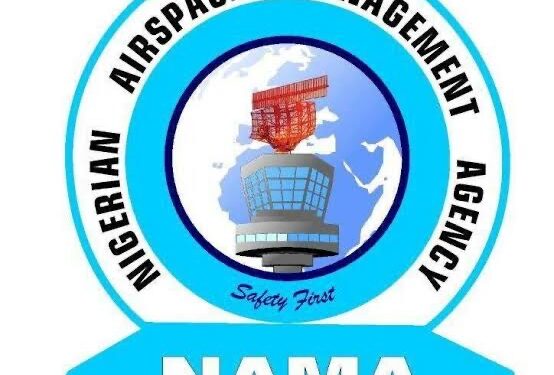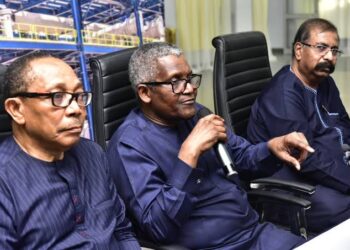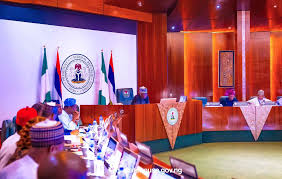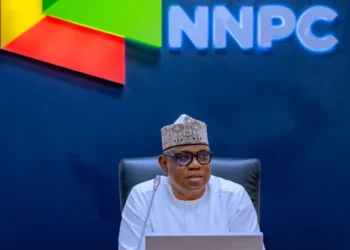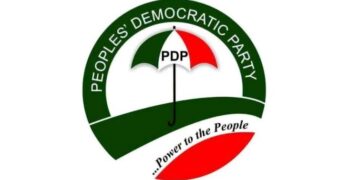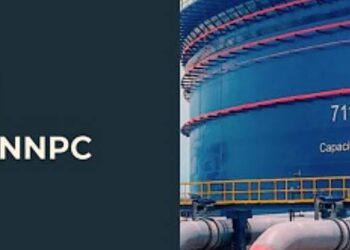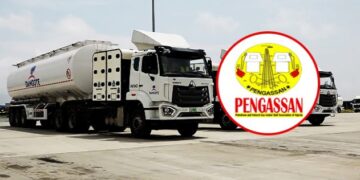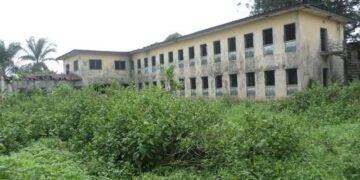The Nigerian Airspace Management Authority (NAMA) announced that it would increase the fees for the route from N2,000 and N6,000 per flight to N18,000 and N54,000 respectively. At the same time, the airspace authority also increased the fees for airlines to extend their service hours from N50,000 to N450,000, an 800 percent increase for each extension, to allow them to recover diesel and other logistics costs during the extension period.
Stakeholders claim that this means that airfares will also increase with the new fee increase. NAMA Executive Secretary, Umar Ahmed Farouk, disclosed this on Friday at a seminar held by the Association of Airports and Aviation Correspondents (LAAC) seminar theme, “Aviation Survivability amidst a Challenging Macro-Economic Environment,” in Lagos.
Recall that in January, NAMA and the Nigerian Civil Aviation Authority (NCAA) held a strategy meeting with some airlines under the auspices of the Airline Operators of Nigeria (AON) to review the amount N16,000 for Terminal Enroute Navigational Charges (TNS) which is said to be outdated.
The meeting in Abuja was convened at the instance of NCAA and NAMA to get the understanding of the airlines on the review of the fee which they believe needs to be reviewed.
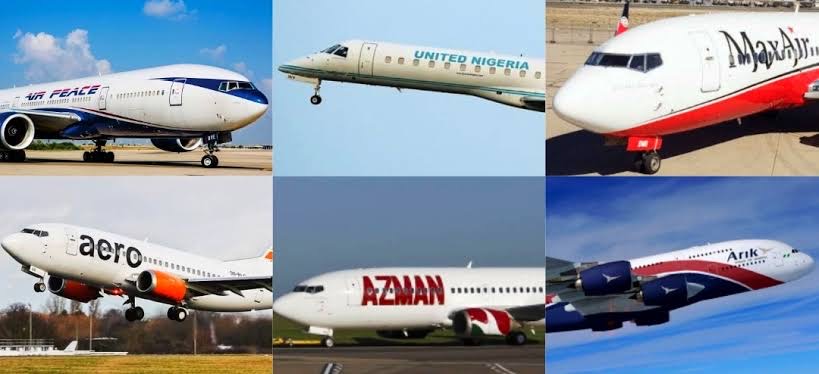
The implication taken by NAMA to address high costs He noted that airspace surveillance and security could further astronomically increase domestic airfares and therefore international airfares, stressing that the industry needs highly efficient pricing of products and services, which it is important to harness to improve affordability. It will foster competition, support infrastructure development, promote sustainability, and improve operational efficiency. But the price of a service needs to reflect its value, he noted.
He said, “The Nigerian Airspace Management Agency relies on statutory fees for the management of the airspace (remember that aviation takes place only in the air). These funds are generated from services we provide to the flying community, without these funds NAMA can’t discharge its responsibility of ensuring the safety of our airspace effectively. We majorly generate these funds through the airline companies.”
Farouk also revealed that in 2023, NAMA spent about N21 billion on personnel costs alone, over N12 billion on capital costs, and over N10 billion on overhead costs, adding that all this should (and were) funded through fees (no FGN budgetary allocation).
He noted that due to the current economic situation, ticket prices have risen astronomically today with a basic economy ticket costing between N150,000 and N200,000, but NAMA navigation fees have remained unchanged since June 2008.
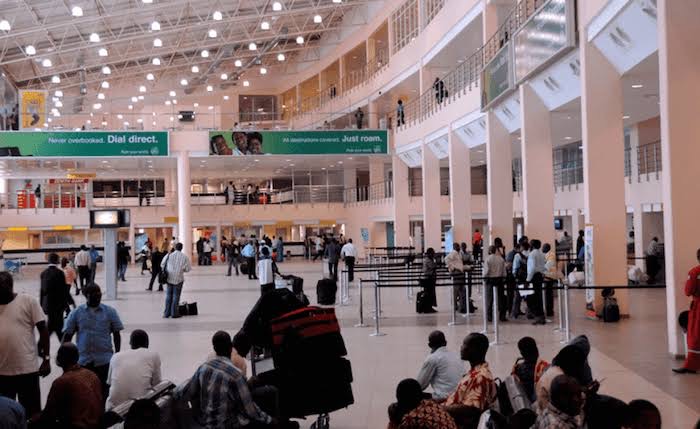
“Currently, the standard fare for international flights is about US$70 per service, while for domestic flights it is N6,000. NAMA recognizes the tough economic environment for aviation in Nigeria, but it is still part of the ecosystem. It also sources services such as equipment and training from the same market. If NAMA wants to survive and continue to ensure the safety and efficiency of the airspace, it needs to breathe.
“While most costs in the economy have increased by more than 1,000 percent, NAMA is proposing to increase fees by 800 percent. The new rates for en route and terminal navigation fees are set to increase from 2,000 and 6,000 naira to 18,000 and 54,000 naira per flight respectively. The extension of the service hour fee from N50,000 to N450,000 per hour shall also be reviewed to allow the agency to recover diesel and other logistics costs during the extension period.”
The largest percentage of NAMA’s revenue comes from route navigation fees (domestic and international), and terminal navigation fees (domestic and international). International flights are paid in US dollars while domestic flights are paid in Nigerian currency.
The NAMA Managing Director explained that as a service provider, in line with ICAO best practices, NAMA does not make profits.
He stressed that ICAO Document 9082 recommends cost recovery for the provision of services to cover equipment, personnel, training, and other ancillary costs. This is what NAMA tries to do.


